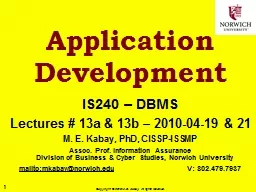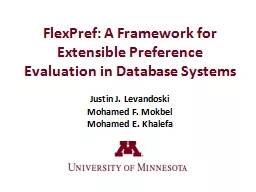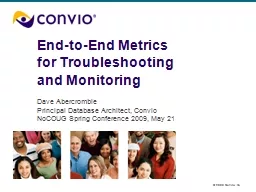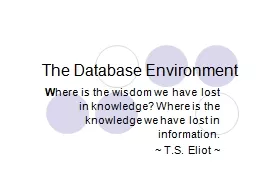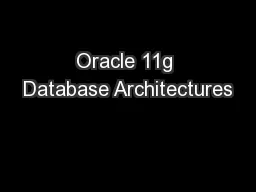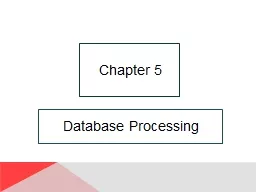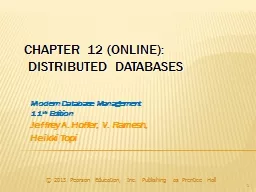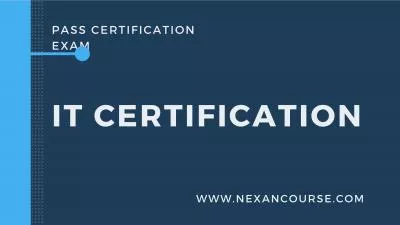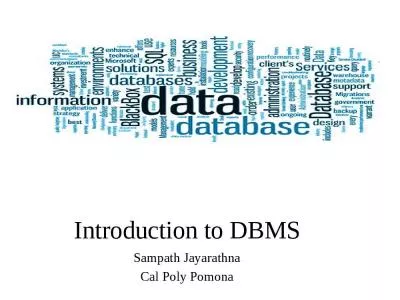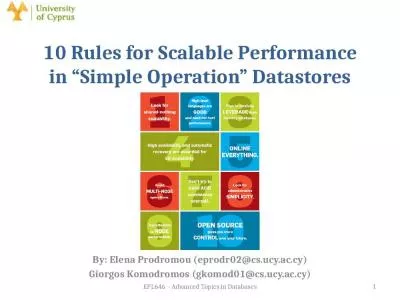PPT-Application Development IS240 – DBMS
Author : mitsue-stanley | Published Date : 2018-11-08
Lectures 13a amp 13b 20100419 amp 21 M E Kabay PhD CISSPISSMP Assoc Prof Information Assurance Division of Business amp Cyber Studies Norwich University
Presentation Embed Code
Download Presentation
Download Presentation The PPT/PDF document "Application Development IS240 – DBMS" is the property of its rightful owner. Permission is granted to download and print the materials on this website for personal, non-commercial use only, and to display it on your personal computer provided you do not modify the materials and that you retain all copyright notices contained in the materials. By downloading content from our website, you accept the terms of this agreement.
Application Development IS240 – DBMS: Transcript
Download Rules Of Document
"Application Development IS240 – DBMS"The content belongs to its owner. You may download and print it for personal use, without modification, and keep all copyright notices. By downloading, you agree to these terms.
Related Documents

